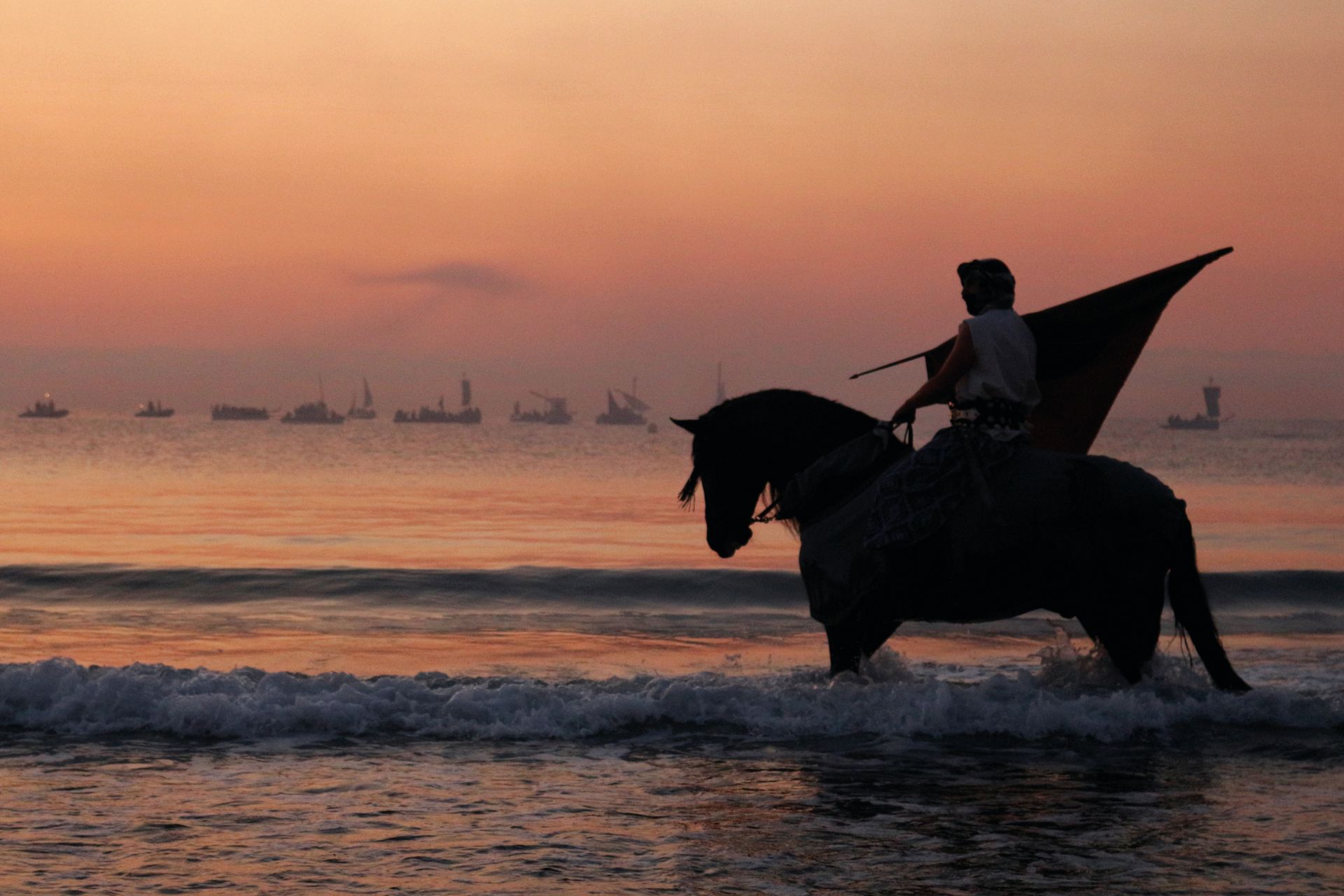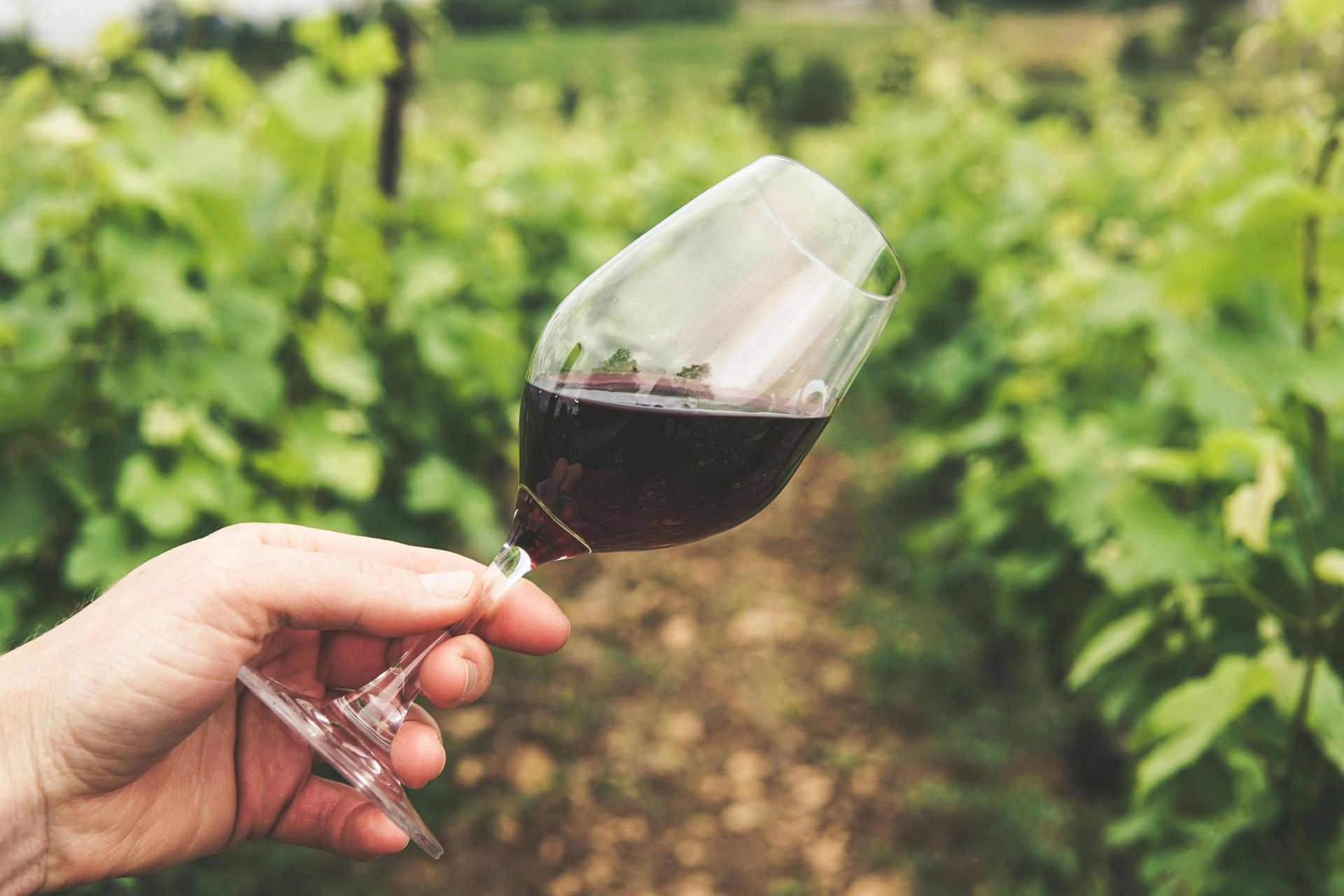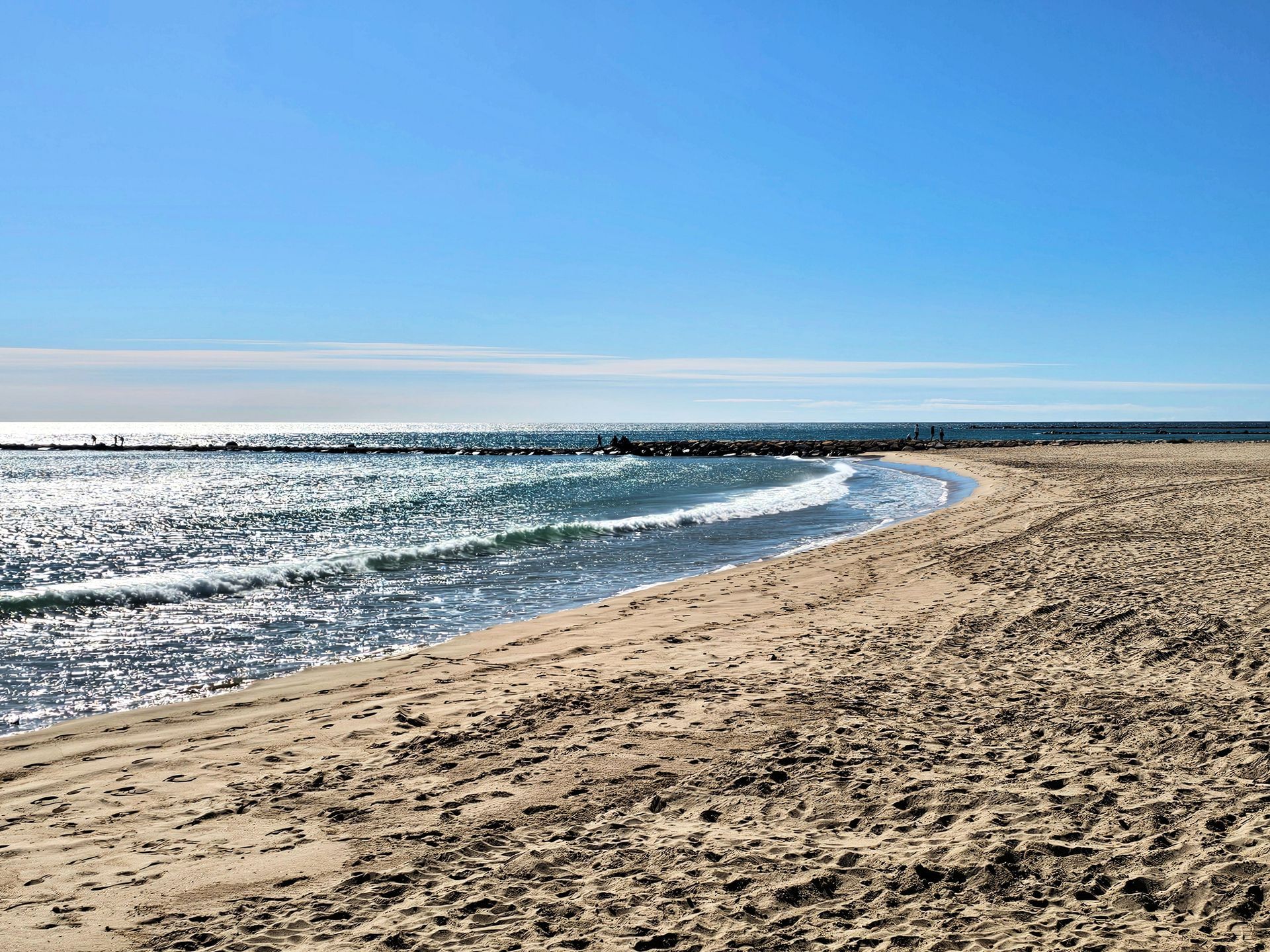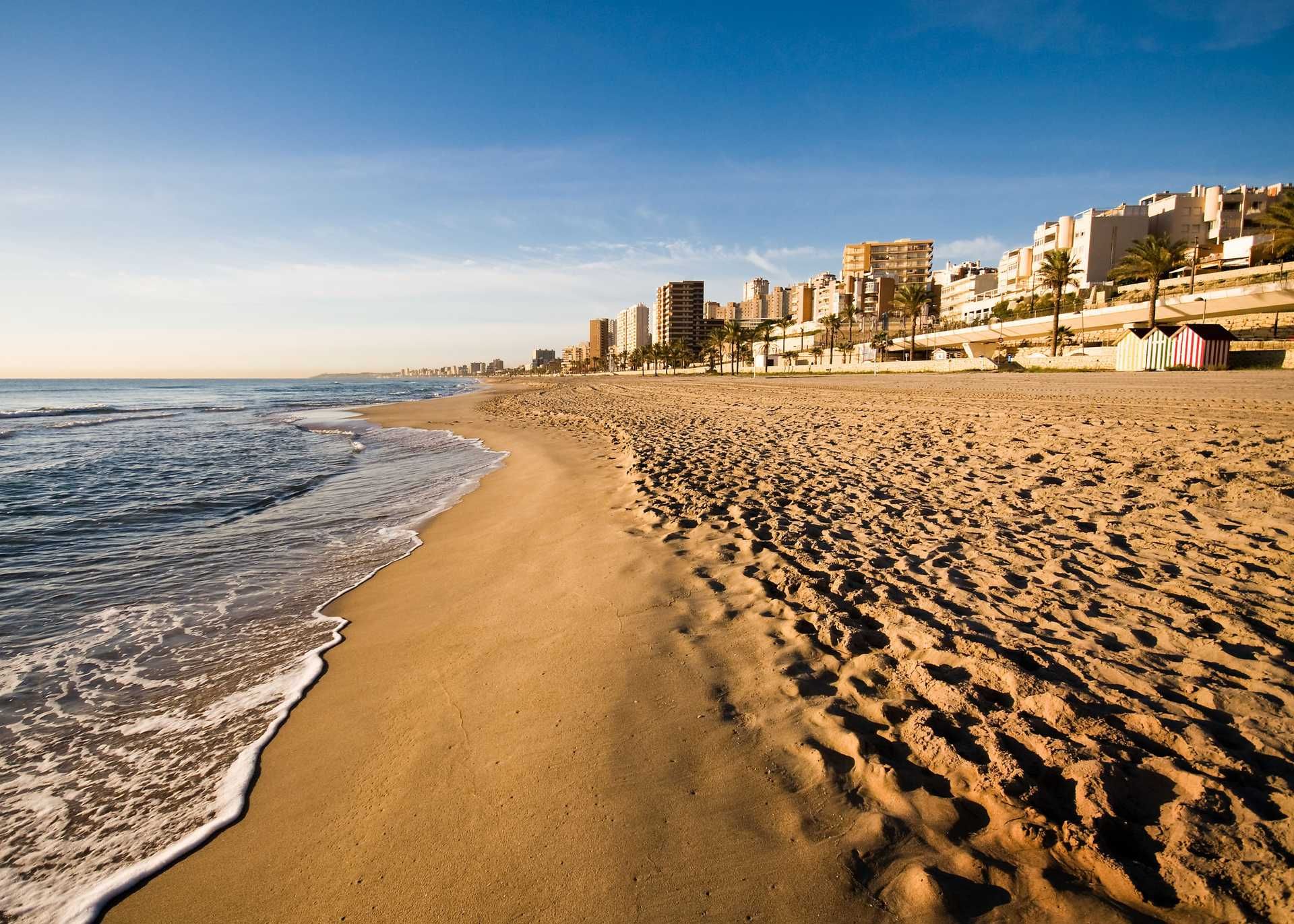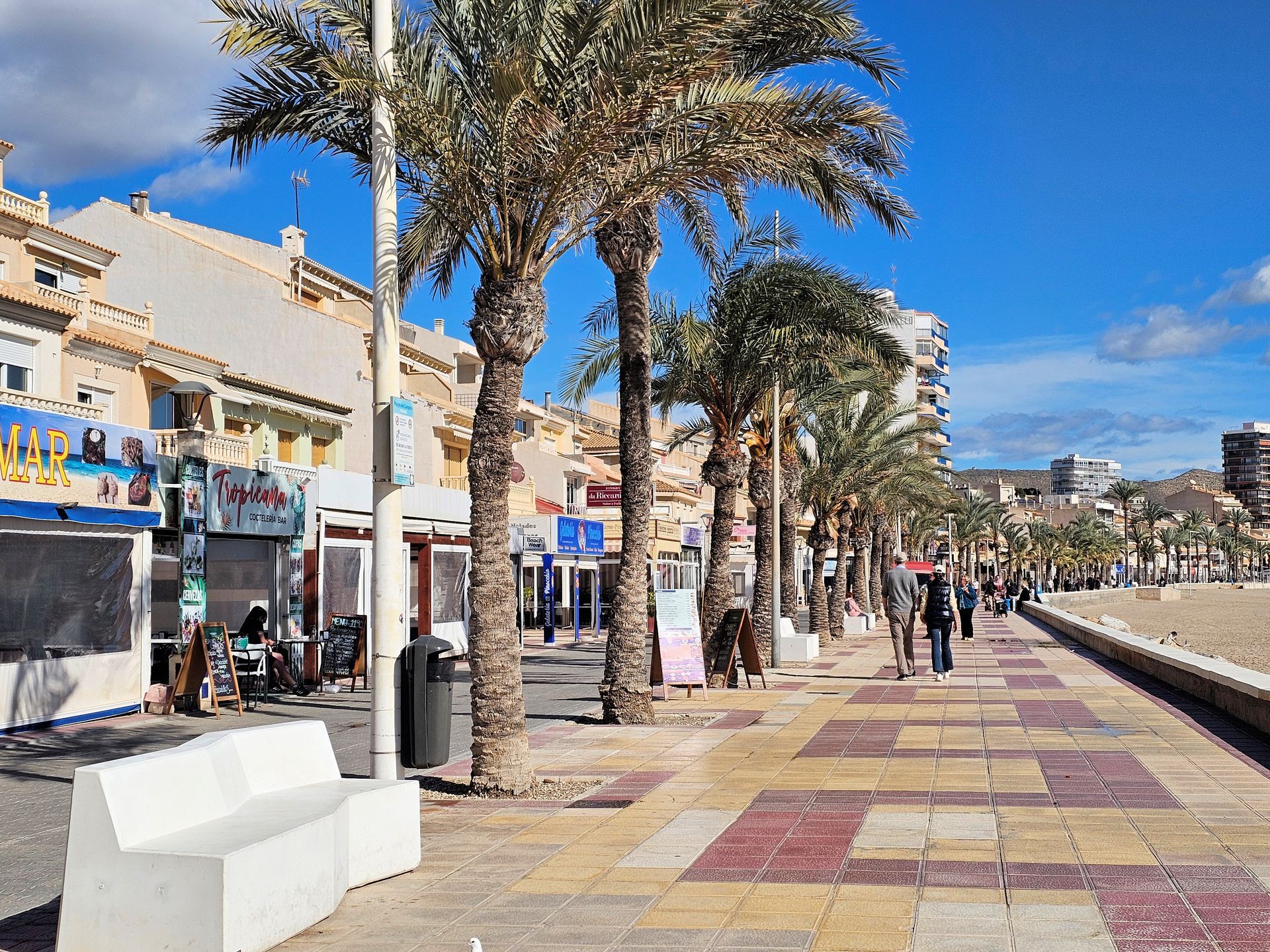Blog
Typical Foods of the Province of Alicante
Alicante, a province nestled along Spain’s Costa Blanca, is more than just pristine beaches and charming towns. It’s also home to a rich and diverse culinary tradition that reflects the region's unique Mediterranean culture, history, and landscape. Alicante’s cuisine offers many flavours from its vibrant seafood to its famous rice dishes, blending the best of land and sea. Let’s take a closer look at the culinary treasures that make Alicante a must-visit destination for food lovers.
The Heart of Alicante Cuisine: Rice Dishes
Alicante is often hailed as one of the rice capitals of Spain, and for good reason. The province boasts a wide array of rice-based dishes that are deeply rooted in the local tradition. At the heart of Alicante’s cuisine is “arroz”, the Spanish word for rice, which is often paired with seafood, meats, or vegetables.
- Arroz a Banda: One of the most iconic dishes from the region, arroz a banda is a simple yet flavourful dish that highlights the freshness of the local seafood. The rice is cooked in a rich fish broth, giving it a savoury and slightly briny flavour, and is typically served alongside grilled or fried fish.
- Arroz con conejo y caracoles: Arroz con conejo y caracoles is a traditional Spanish rice dish originating from Alicante. The dish is usually made with a combination of rabbit pieces, bomba rice, snails, stock, saffron, chickpeas, tomatoes, onions, celery, carrots, bell peppers, rosemary, garlic, olive oil, and seasonings. A crispy layer called socarrat should form at the bottom if the dish is properly prepared.
- Olleta Alicantina: Olleta is a traditional Spanish rice usually made with a combination of Spanish rice, chickpeas, chestnuts, pumpkin, stock, olive oil, garlic, salt pork or bacon, swiss chard, and salt, while morcilla slices can be added for extra flavor. Olleta is traditionally cooked in a large cazuela until most of the liquid has been absorbed. The rice should be tender, but still a bit soupy. Before serving, it’s recommended to let the dish rest for a few minutes. This specialty from Alicante is a typical cold-weather fare.
- Arroz con Costra: A cross between a paella and a casserole originating from the Alicante area. This unique dish, also known as "crusty rice," is baked in the oven and topped with a golden egg crust. It’s a hearty meal, often made with chicken, rabbit, or sausages like the regional morcilla (black pudding).
Fresh Seafood Delights
Thanks to its coastal location, Alicante’s cuisine is heavily influenced by the Mediterranean Sea. The seafood here is incredibly fresh, and locals take pride in dishes that showcase the best of what the ocean has to offer.
- Caldero: Originating from the nearby Tabarca Island, caldero is a rich, flavourful fish stew. Traditionally, it’s made with rockfish or other locally-caught species, cooked with garlic, peppers, and saffron. The fish is usually served separately from the broth and rice, making for a truly immersive dining experience.
- Sepia a la Plancha: Simple yet delicious, this dish features cuttlefish grilled with olive oil, garlic, and parsley. It’s a popular tapa in Alicante’s many seaside restaurants, where the quality of the seafood speaks for itself.
- Gambas Rojas de Dénia: The red prawns from Dénia, a coastal town in the province, are a delicacy prized for their sweetness and tenderness. Whether served grilled or in a seafood stew, they are a true representation of Alicante’s coastal bounty.
The Meats, Fruits and Vegetables of the Mountains
Venture inland, and you’ll discover that Alicante’s cuisine also embraces the flavours of the mountains. The rugged terrain of the province produces high-quality meats and vegetables, which feature prominently in traditional dishes.
- Gazpacho Manchego: Don’t confuse this dish with the cold Andalusian soup! In Alicante, gazpacho manchego is a hearty, warm dish made with game meats like rabbit and partridge, combined with flatbread and flavoured with herbs such as rosemary and thyme. It’s a comforting meal, especially in the cooler months.
- Botifarra de ceba: Botifarra de ceba or morcilla de cebolla is a Spanish sausage originating from Alicante. In Valencian, the word ceba means onion. The sausage consists of blood, fat, and onions that are seasoned and flavored with salt, pepper, pimentón, oregano, and cloves before the concoction is stuffed into casings. It can be consumed fresh, fried, grilled, or boiled.
- Cocas: These savoury flatbreads, similar to pizza, are topped with a variety of ingredients, from roasted vegetables to anchovies and sausages. Cocas are a traditional snack in both coastal and inland towns, providing a delightful taste of Alicante’s diverse produce.
- Granada Mollar de Elche: A pomegranate grown in the in the province of Alicante in the south-east of the Autonomous Community of Valencia.
- Cerezas de la Montaña de Alicante:
Cerezas de la Montaña de Alicante are table cherries of the local Burlat, Tilagua, Planera, Nadal, Picota and Picota Ambrunesa varieties. These supreme quality cherries have been grown in the north of the province of Alicante and the south of the province of Valencia since they were brought there by the Romans.
Sweet Treats from Alicante
No meal in Alicante is complete without indulging in some of the province’s renowned desserts. The region’s long history of agricultural abundance, especially in almonds and honey, has given rise to some delightful sweets.
- Turrón: Perhaps Alicante’s most famous contribution to Spanish desserts, turrón is a nougat made from almonds and honey. There are two main types: Turrón de Jijona, which has a soft and creamy texture, and Turrón de Alicante, a hard version with whole almonds. This treat is particularly popular during the Christmas season but can be enjoyed year-round.
- Almojábanas: These light, donut-like pastries are made with flour, eggs, and cheese, and are often drizzled with honey. They have a Moorish influence and are a testament to the region’s rich cultural history.
- Pasteles de Gloria: A marzipan-based pastry filled with sweetened egg yolk, pasteles de gloria are a rich and decadent treat that reflects the almond cultivation in the area.
The Wines of Alicante
No exploration of Alicante’s culinary scene would be complete without mentioning its excellent wines. The province is home to several wine-producing regions, with D.O. Alicante being the most prominent.
- Fondillón: One of the world’s oldest wines, Fondillón is a sweet, fortified wine made from Monastrell grapes. It is often enjoyed as a dessert wine and is a rare specialty that’s deeply rooted in Alicante’s winemaking heritage.
- White and Red Wines: The coastal areas produce crisp, refreshing white wines, perfect for pairing with seafood, while the inland regions are known for bold red wines made from the Monastrell grape variety.
The cuisine of Alicante is a reflection of its diverse landscapes, from the azure Mediterranean waters to the rugged mountain ranges. Whether you're savouring a plate of arroz a banda by the sea, enjoying a hearty inland stew, or indulging in a piece of traditional turrón, every bite tells a story of the province's rich culinary heritage. So, next time you find yourself in this sun-drenched corner of Spain, be sure to embark on a gastronomic journey through Alicante’s vibrant and flavourful cuisine.
